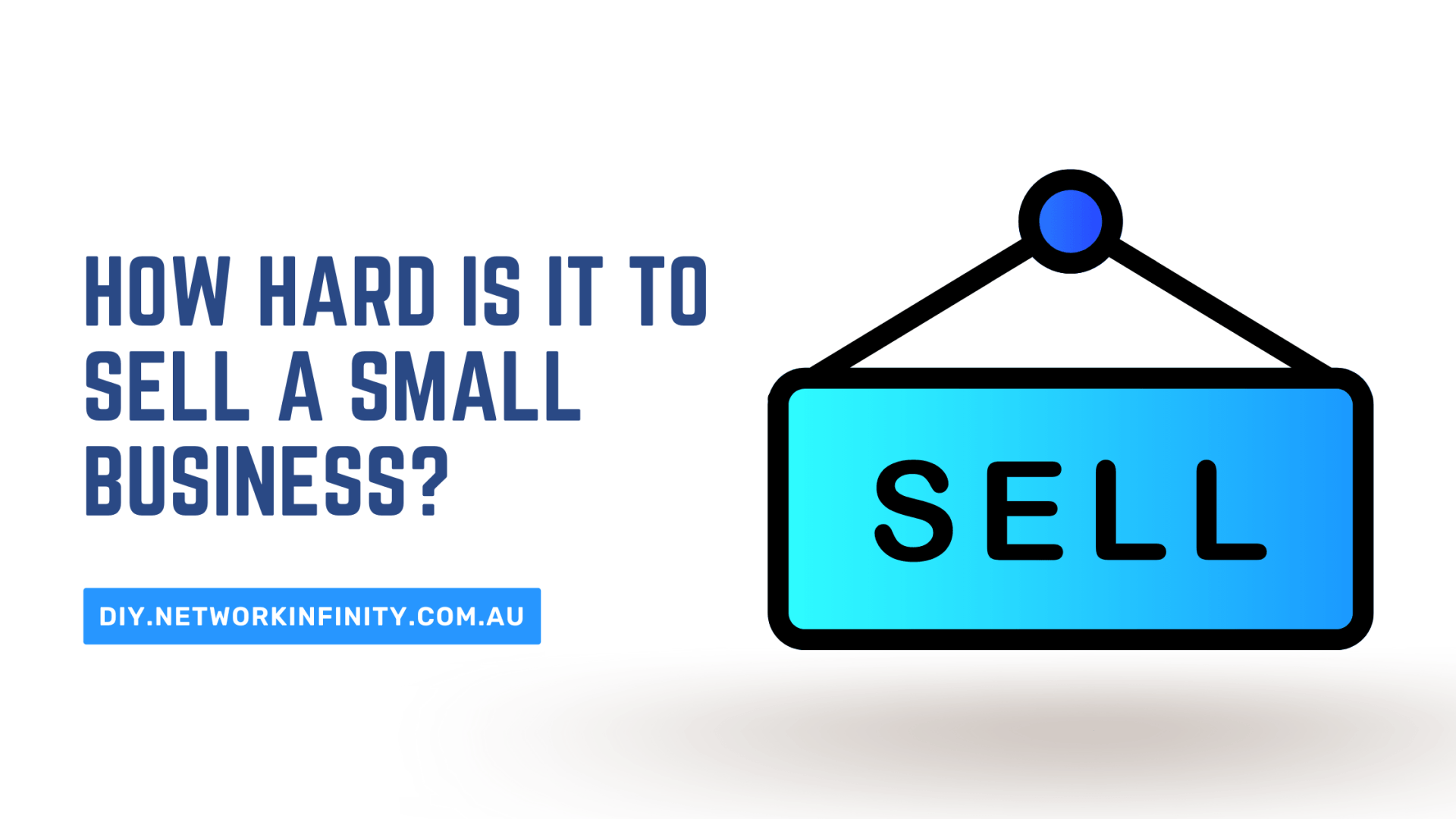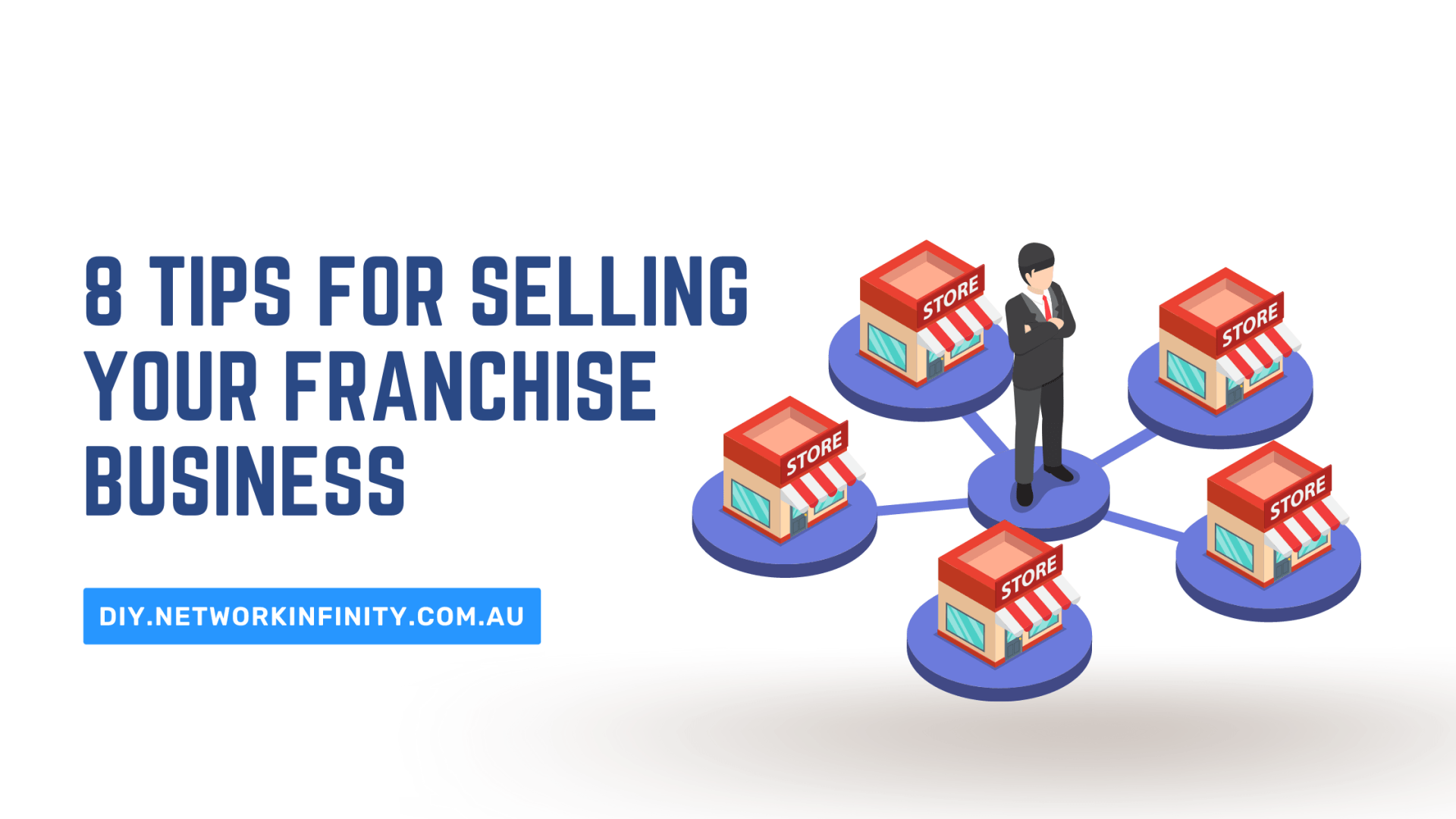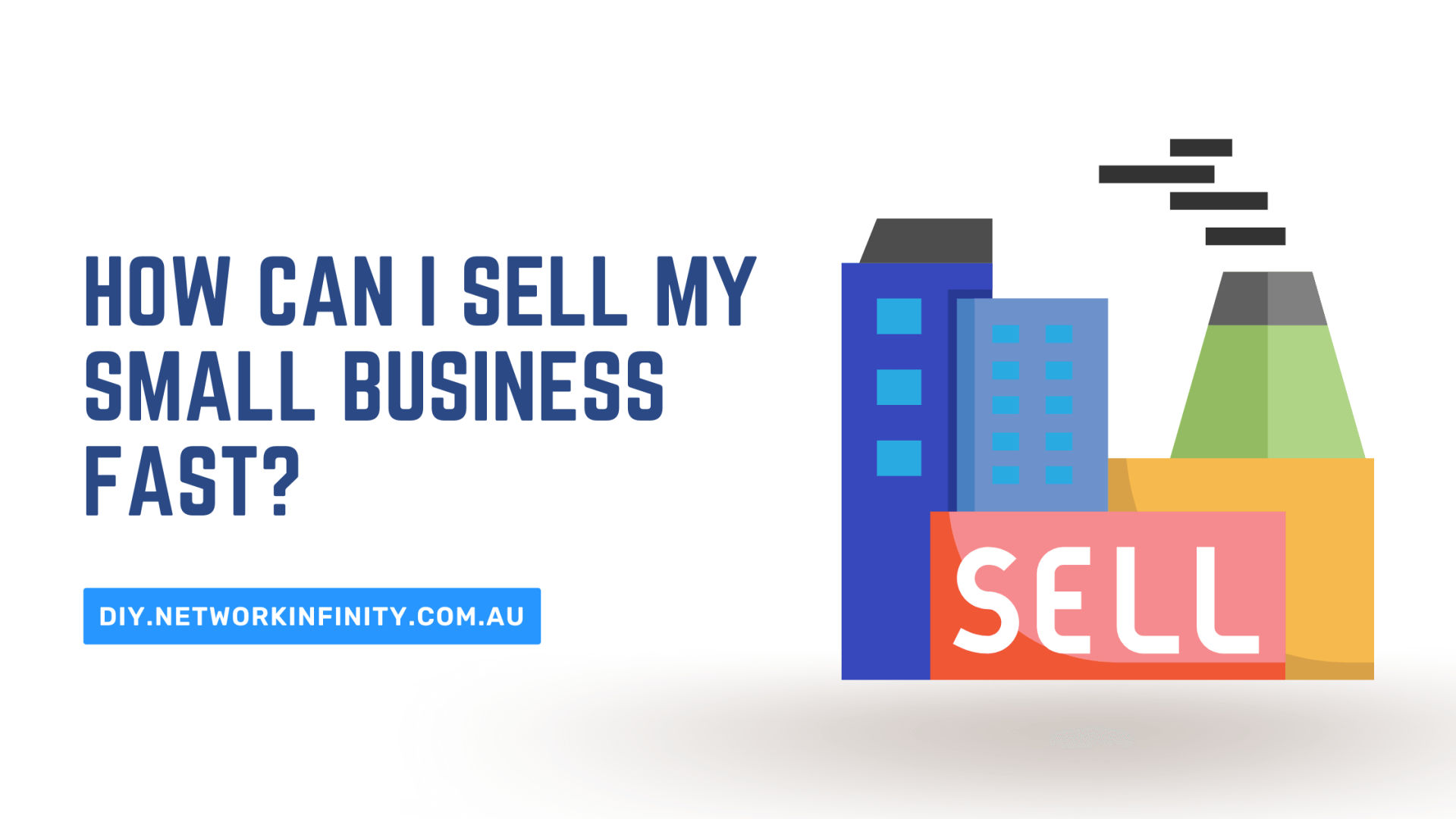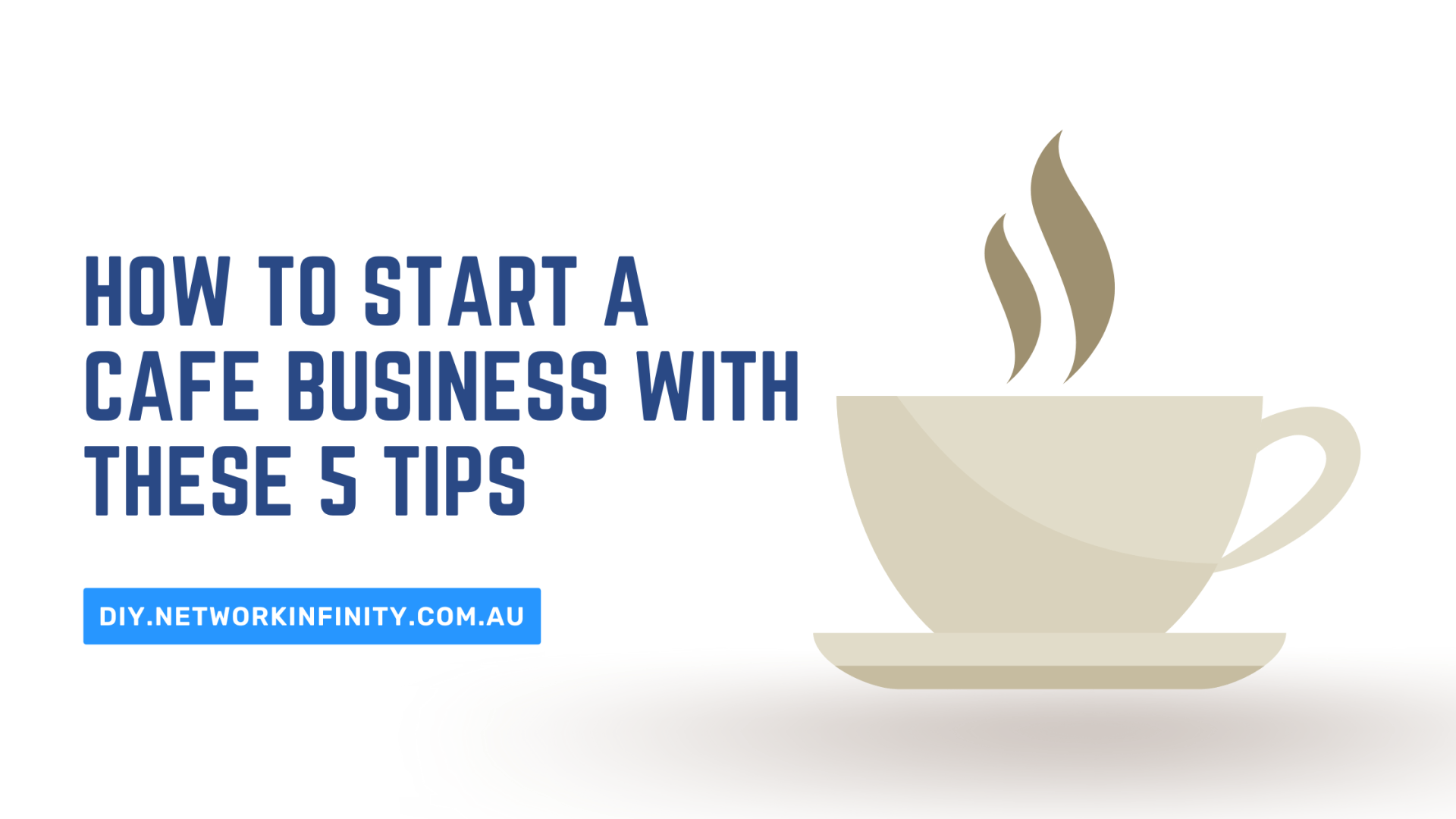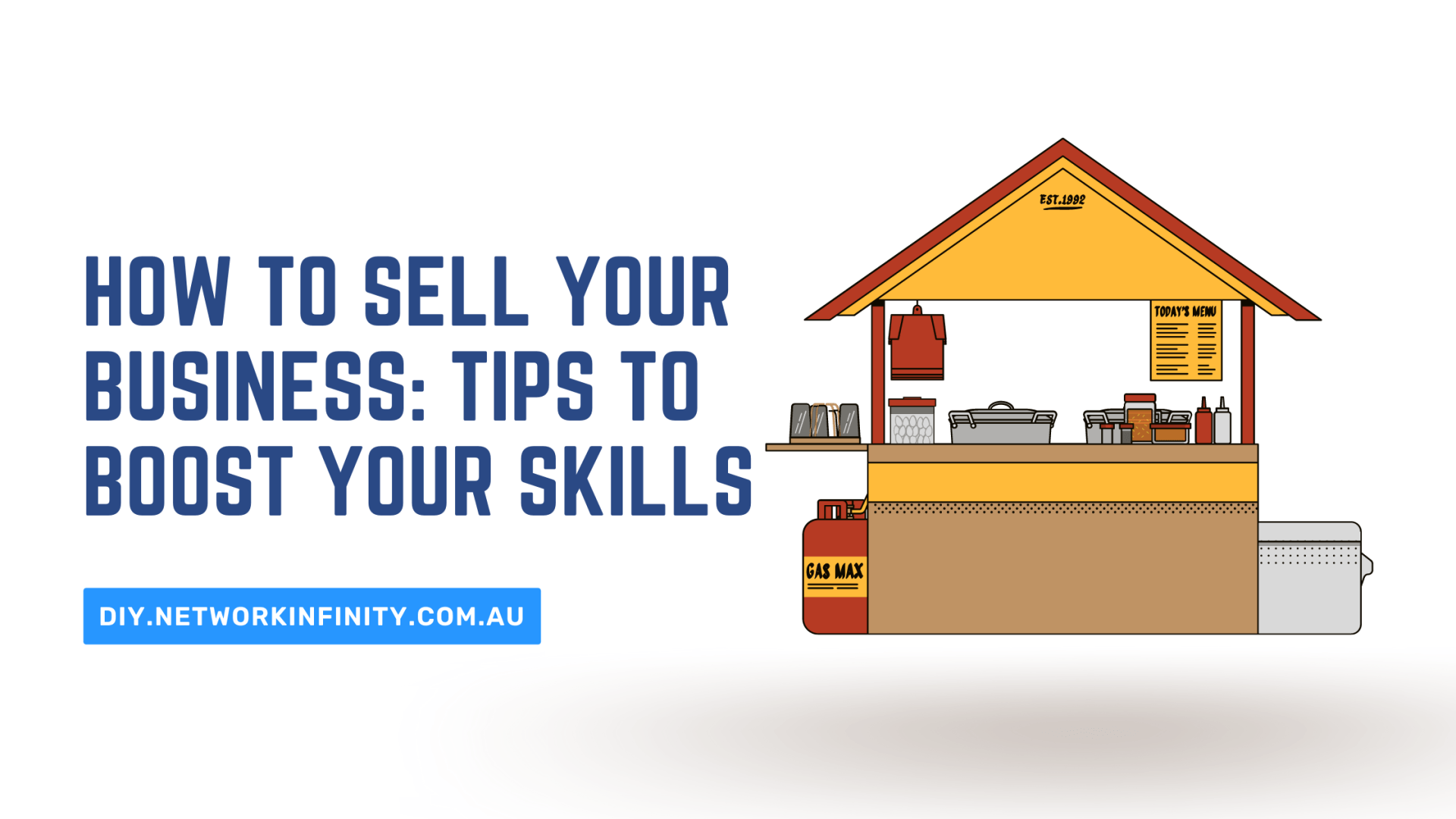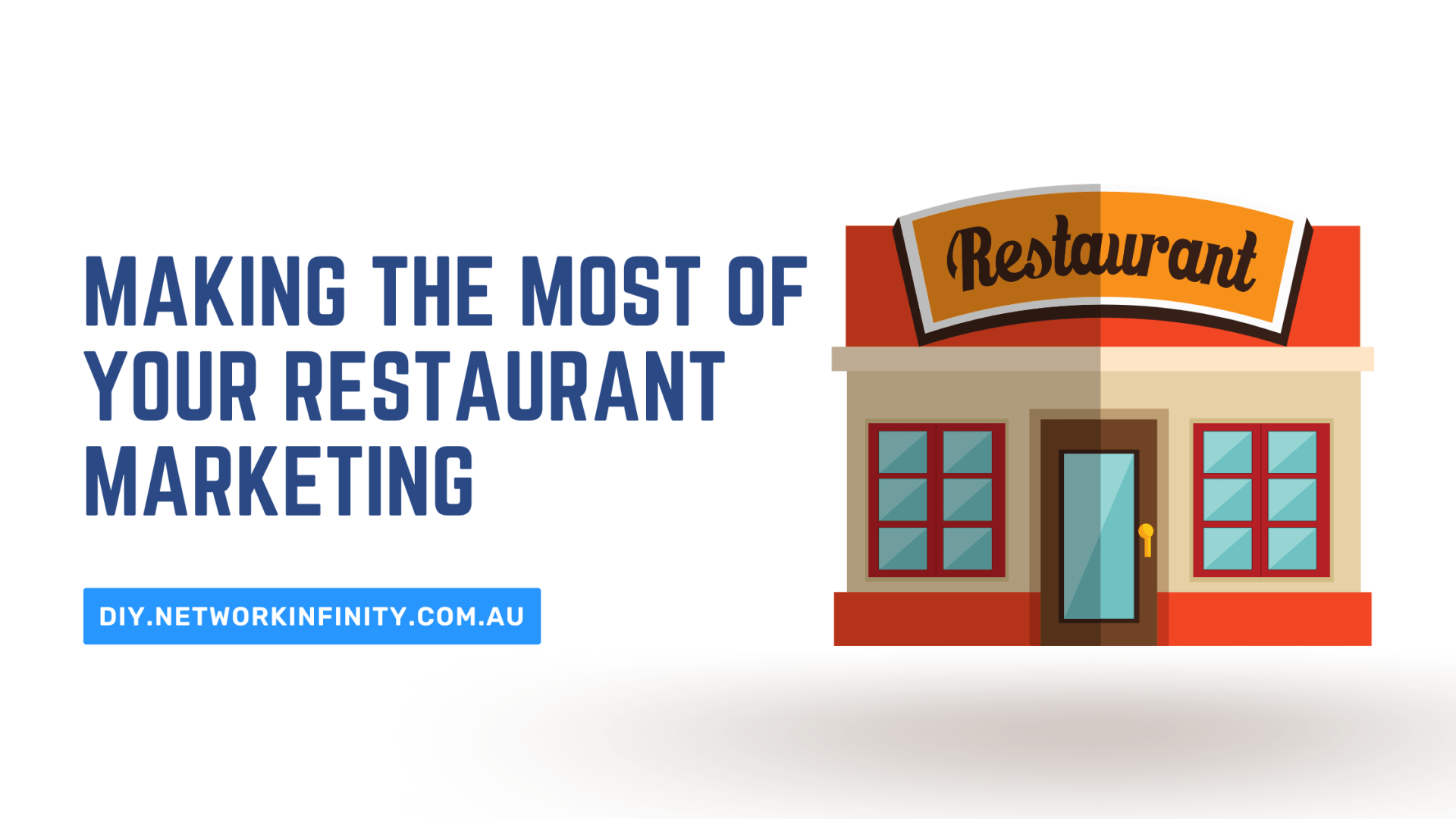By Ray Breslin
•
26 February 2025
The online cake delivery market is experiencing rapid growth, driven by increasing consumer demand for convenience and specialty cakes tailored to various dietary preferences. With more people opting for doorstep delivery for celebrations and special occasions, the industry presents a lucrative opportunity for entrepreneurs. However, success in this market requires more than just baking delicious cakes. Proper planning and strategy are essential to building a sustainable business. Every aspect must be carefully considered, from understanding your target audience to setting up an efficient delivery system. This guide will walk you through the key factors to remember before launching your online cake delivery business. Market Research and Target Audience Identifying Market Gaps Before launching your business, it's crucial to identify gaps in the market. Consider unmet consumer needs, such as dietary-specific cakes (gluten-free, vegan, nut-free) or highly customisable options for special events. Researching competitors can also help pinpoint areas where you can offer something unique. Understanding Consumer Preferences and Trends Knowing your target audience is key to crafting a successful business strategy. Are your customers mostly individuals ordering cakes for personal celebrations, or are they corporate clients looking for bulk orders? Staying updated on consumer trends—such as preferences for healthier ingredients, themed cakes, or subscription-based cake deliveries—can give you a competitive edge. Choosing a Business Model Baking In-House vs. Partnering with a Bakery One of the first decisions you'll need is to bake the cakes yourself or partner with an established bakery. Baking in-house gives you complete control over quality and customisation but requires investment in kitchen equipment, staff, and compliance with food safety regulations. Partnering with a bakery, on the other hand, allows you to focus on marketing and logistics while outsourcing production. Dropshipping or Third-Party Logistics Options If you prefer a lower-overhead approach, dropshipping might be a viable option. This model allows you to take orders online while a third-party bakery delivers the cakes directly to customers. Alternatively, you can use third-party logistics services to handle storage and delivery, reducing your business's operational burden. Delivery Models: In-House vs. Third-Party Couriers Reliable delivery is crucial for an online cake business. You can build your delivery fleet, which offers more control over service quality but requires higher costs. Alternatively, third-party courier services provide a cost-effective solution with flexible delivery options, though you may have less control over the customer experience. Legal and Regulatory Requirements Business Registration and Food Safety Compliance You must register your business and comply with food safety regulations to operate legally. Requirements vary by location, so check with your local government about necessary permits. If you're baking cakes yourself, your kitchen must meet health and hygiene standards. Health Permits and Licensing Depending on where you're located, you may need health permits and food handling licenses. These certifications ensure that your business follows strict safety protocols, prevents contamination, and ensures product quality. Insurance Considerations Running a food business comes with risks, from food spoilage to delivery mishaps. Investing in business insurance, such as product liability and general business coverage, can protect you from financial losses in case of unforeseen issues. Building a Website and Online Presence Essential Features of an E-Commerce Website A well-designed website is crucial for an online cake delivery business. Your website should have an intuitive layout, high-quality product images, and clear descriptions. Key features include a secure payment gateway, order tracking, and an easy-to-use checkout process to enhance the customer experience. Importance of SEO for Online Visibility Search Engine Optimization (SEO) is vital in attracting customers to your website. Optimising product pages with relevant keywords, using high-quality images, and implementing local SEO strategies can improve your visibility in search engine results. Blogging cake trends, baking tips, or celebration ideas can boost organic traffic. Leveraging Social Media for Brand Awareness Social media is a powerful tool for promoting your cake delivery business. Platforms like Instagram, Facebook, and TikTok can showcase visually appealing cake designs, customer testimonials, and special promotions. Engaging with your audience through interactive content and ads can help drive more traffic to your website and increase customer loyalty. Digital Marketing and Customer Acquisition SEO and Paid Advertising Strategies Combining organic and paid marketing strategies can help you attract more customers. Implementing strong SEO practices ensures that your website ranks well on search engines, while paid advertising through Google Ads and social media can drive targeted traffic quickly. Engaging Customers Through Content Marketing Content marketing builds trust and establishes authority in the cake delivery niche. Regular blog posts, video tutorials, and recipe-sharing can attract visitors and encourage them to purchase. User-generated content, such as customer reviews and testimonials, can enhance credibility. Email Marketing and Retargeting Email marketing allows you to keep customers engaged and informed about promotions, new products, and seasonal offerings. Automated email sequences, such as abandoned cart reminders and exclusive discount emails, can increase conversions. Retargeting ads on platforms like Facebook and Google help re-engage website visitors who didn’t complete their purchases. Customer Experience and Order Fulfillment Streamlining the Ordering and Payment Process A seamless ordering and payment process enhances customer satisfaction. Your website should offer multiple payment options, an easy checkout, and a clear order summary. Features like guest checkout and saved payment methods can improve the shopping experience. Real-Time Order Tracking and Customer Support Providing customers with real-time tracking updates ensures transparency and builds trust. Integrating a tracking system that allows customers to follow their orders from preparation to delivery can improve satisfaction. Additionally, offering responsive customer support via chat, email, or phone helps address any concerns promptly. Managing Complaints and Refunds Handling complaints and refunds efficiently is essential for maintaining a positive brand reputation. Have a clear refund and return policy and ensure customer service representatives are trained to handle issues professionally. Offering quick resolutions, such as replacements or store credits, can help retain customers and improve overall satisfaction. Packaging and Branding Secure, Temperature-Controlled Packaging Solutions Ensuring cakes arrive in perfect condition requires durable and temperature-controlled packaging. Insulated boxes, cooling packs, and secure wrapping prevent damage and maintain freshness during transit. Importance of Branding for Customer Retention Branding goes beyond a logo—it’s about creating a memorable experience. Consistent packaging, branded inserts, and a unique unboxing experience can enhance customer loyalty and encourage repeat business. Sustainable and Eco-Friendly Packaging Options With growing environmental concerns, offering sustainable packaging can set your business apart. Using biodegradable, recyclable, or reusable packaging appeals to eco-conscious consumers and demonstrates a commitment to sustainability. Pricing Strategy and Profit Margins Cost Considerations (Ingredients, Delivery, Marketing) Pricing should factor in the cost of ingredients, delivery, packaging, and marketing. Keeping expenses in check while maintaining quality is key to setting profitable price points. Competitive Pricing Models Analyse competitor pricing and offer competitive rates. Strategies like tiered pricing, premium options, or bundling can maximise profits while appealing to customer segments. Subscription and Bulk Order Discounts Encouraging repeat customers through subscription-based services or bulk order discounts can increase revenue. Offering incentives for larger purchases can also drive customer loyalty and boost long-term sales. Supplier and Business Partnerships Finding Reliable Suppliers for Ingredients and Packaging Choosing the right suppliers ensures consistency in product quality and availability. Look for vendors who provide high-quality ingredients and durable packaging materials at competitive prices. Establishing strong supplier relationships can lead to better deals and reliable stock levels. Partnering with Event Planners and Corporate Clients Collaborating with event planners, caterers, and corporate clients can generate steady business. Offering bulk order discounts, custom cake solutions, and reliable delivery services makes your business a valuable partner for large events and corporate celebrations. Creating Long-Term Collaboration for Consistent Orders Building lasting relationships with loyal customers and business partners is key to sustainability. Subscription models, loyalty programs, and exclusive deals for repeat customers can encourage long-term commitments and steady revenue growth. Adapting to Market Trends Seasonal and Special Occasion Cakes Introducing limited-time seasonal cakes for holidays and special occasions can attract new customers and increase sales. Designing cakes for weddings, birthdays, and corporate celebrations can also help expand your customer base. Customisation and Personalization Trends Customers increasingly prefer personalised cakes tailored to their preferences. Custom designs, message inscriptions, and unique flavours can set your business apart and encourage repeat orders. Catering to Dietary Trends Like Gluten-Free and Vegan Options More consumers are seeking dietary-specific options. Expanding your product line to include gluten-free, vegan, and other allergen-friendly cakes can make your business more inclusive and appealing to a broader audience. Conclusion Recap of Key Success Factors Building a successful online cake delivery business requires careful planning and execution. Each component is crucial in ensuring long-term success, from market research and choosing the right business model to effective digital marketing and customer service. Focus on Digital Presence and Customer Satisfaction Prioritising your online presence through SEO, social media engagement, and content marketing will help attract and retain customers. Additionally, providing excellent customer service, high-quality products, and reliable delivery will enhance your reputation and encourage repeat business. By adapting to market trends and customer preferences, you can build a thriving and sustainable cake delivery business.




